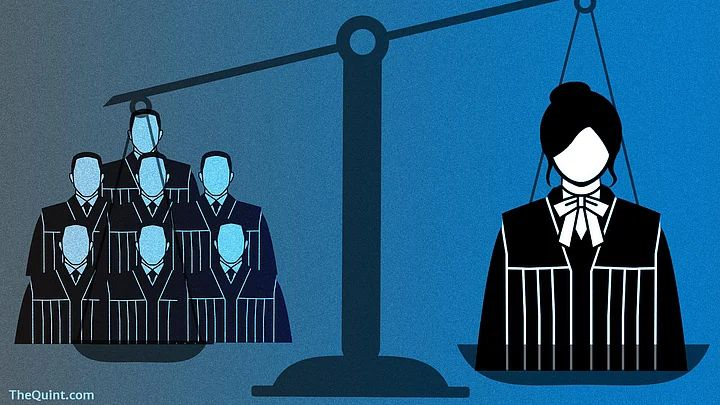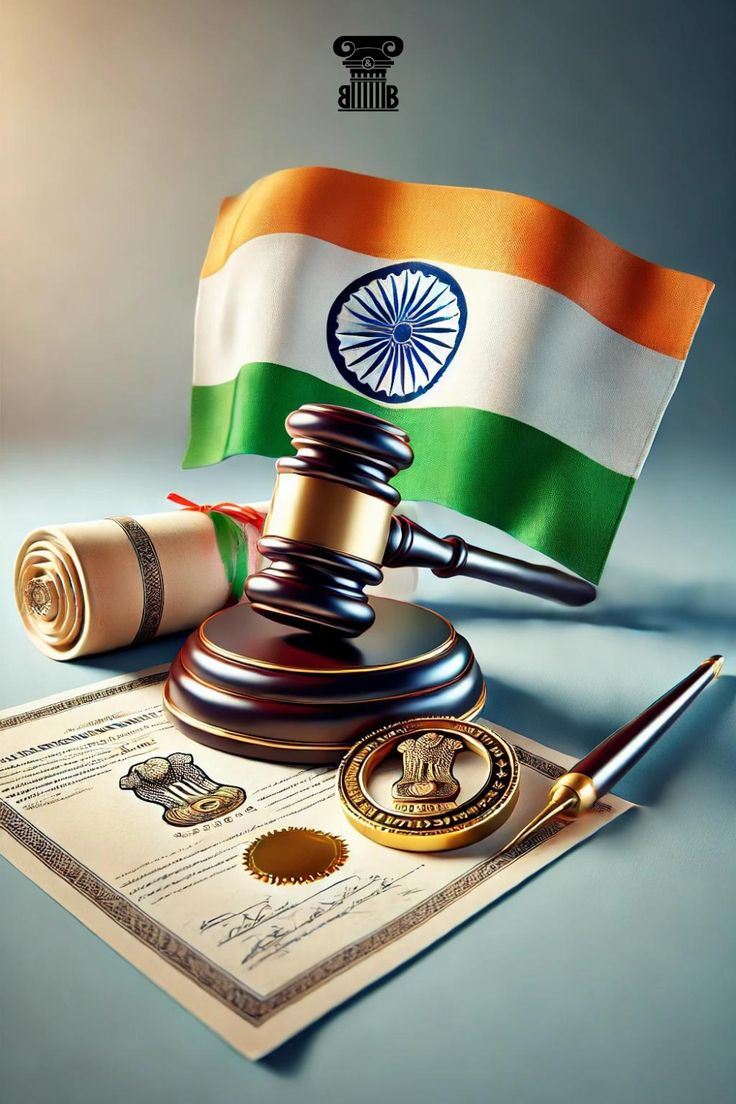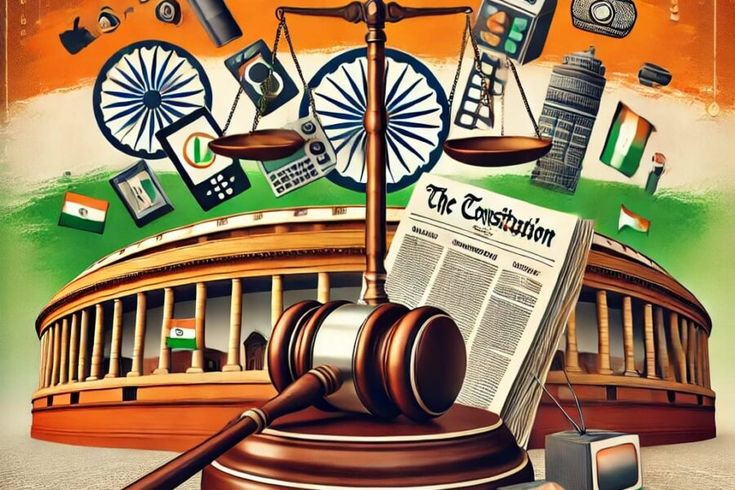Meaning and Constitutional Basis
Impeachment is the constitutional process by which high constitutional authorities like the President of India or Judges of the Supreme Court and High Courts can be removed from office for violation of the Constitution or proven misbehavior. The process is detailed in Article 61 (for the President) and Article 124(4) & (5) (for Supreme Court Judges) of the Indian Constitution. It ensures accountability of those holding the highest offices while maintaining judicial independence and executive integrity. Impeachment is not merely a political act—it is a quasi-judicial procedure requiring strong evidence and a high level of parliamentary consensus before action can be finalized.
Procedure for Impeachment
Under Article 61, the President of India can be impeached for “violation of the Constitution.” The process begins when either House of Parliament brings a motion signed by at least one-fourth of its members. The motion must be passed by a two-thirds majority in both Houses. For Supreme Court Judges, Article 124(4) provides removal on grounds of proved misbehavior or incapacity, through a similar motion supported by two-thirds of both Houses after an inquiry by a judicial committee. These strict procedural safeguards ensure that impeachment is used only in exceptional and justified circumstances, preserving the dignity of constitutional offices.
Significance and Safeguards
The impeachment process acts as a check on abuse of power while ensuring independence of constitutional authorities. The high threshold of approval and detailed inquiry prevent its misuse for political gains. It upholds the principle of accountability under the rule of law, ensuring that even the highest offices remain subject to the Constitution. This framework preserves the balance between responsibility and independence, which is vital for a functioning democracy. Thus, impeachment serves both as a deterrent against misconduct and a guardian of constitutional morality.
Real-Time Example
A notable example is the case of Justice V. Ramaswami (1993), the first Supreme Court Judge against whom impeachment proceedings were initiated in Parliament for alleged misuse of office. Although the motion received majority support, it failed to reach the required two-thirds majority and was thus not carried. This case highlighted both the complexity and gravity of the impeachment process and its role in maintaining judicial accountability within constitutional boundaries.
Mnemonic to Remember – “VIPIR”
V – Violation of the Constitution (President – Article 61)
I – Inquiry Committee for Judges (Article 124(4))
P – Parliamentary approval (two-thirds majority)
I – Independence safeguarded
R – Ramaswami case example
The mnemonic “VIPIR” helps remember that Impeachment deals with Violation, involves Inquiry, needs Parliamentary action, ensures Independence, and is exemplified by the Ramaswami case.
About lawgnan:
Explore the constitutional process of impeachment in India in depth on Lawgnan.in. Understand how the Constitution ensures accountability and independence of high offices like the President and Judges through provisions under Article 61 and Article 124(4). Learn about the procedure, significance, and safeguards that make impeachment a vital part of India’s democratic system. This comprehensive guide, complete with real-life examples like Justice V. Ramaswami’s case, is ideal for law students, UPSC aspirants, and judiciary candidates who want to master the constitutional mechanism of removal for high authorities.




